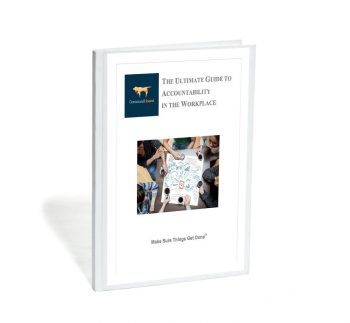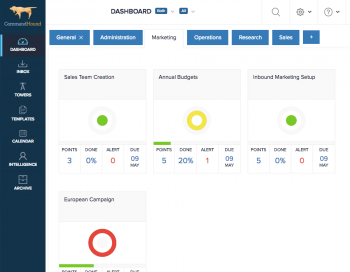CommandHound has spent years working with clients to understand accountability and productivity in the workplace. We believe that knowing what the drains on productivity are is just as valuable as knowing how to improve it.
Insights: Productivity
Every Human Resources professional has faced the issue of developing and sticking to a hiring methodology. It seems like you have to sift through more and more resumes and potential candidates than ever to make sure that all components of your HR recruiting process are running on schedule.
Law firms are unique in many of their features and needs. The need to protect client privacy, the importance of written communication, and the variety of types of meetings and presentations are all distinct features of law firm operations.
Here at CommandHound, we have noticed that workplace performance can be linked directly back to two main factors: accountability and productivity.
Have you ever taken a short break at work to read an article online and accidentally fallen into an internet rabbit hole, only to emerge an hour later, praying that no one noticed how disconnected you were from your work?
There has been a lot of buzz recently about WOOP. No, not the sound you make when you’re really excited about something. We’re talking about W.O.O.P., a productivity solution developed by Dr. Gabriele Oettingen that provides a framework for accomplishing big goals one step at a time. W.O.O.P. stands for “Wish, Outcome, Obstacle, Plan,” and it outlines the four steps that make it most easy for you to actually accomplish your goals.
The gig economy is here to stay. Intuit estimates that by 2020, as many as 40 percent of Americans will be contingent, or “gig” workers. Gig workers can be freelancers, independent contractors, or any other outsourced employees who are hired on a per-project basis.
Some of these contingent workers choose to work outside of a payroll system either as full-time freelancers or as part-time workers who supplement their income by picking up gigs. Others take contingent jobs out of necessity even though they would prefer full-time employee status.
Chances are, if you’ve eavesdropped on your friends’ and coworkers’ casual conversations lately, you’ve noticed that the standard answer to the conversation opener, “How are you?” has changed from “Fine” to “Busy.”
You’ve done it all. You’ve optimized your workflow with Gantt charts. Your team is trained and geared up for Agile development.
Tasks are assigned, you’ve run the numbers, and you’ve projected an ROI that has the board eager to sign off.
It has become the norm for businesses to incorporate a virtual workforce into their operations.
Whether a company has geographically dispersed offices, hires employees or freelancers in different cities or countries, or just offers local employees the flexibility to work from home, more and more of us are having to manage remote teams.
Results of a Gallup survey published earlier this year showed that 43 percent of employed Americans spent at least some time working remotely in 2016.









